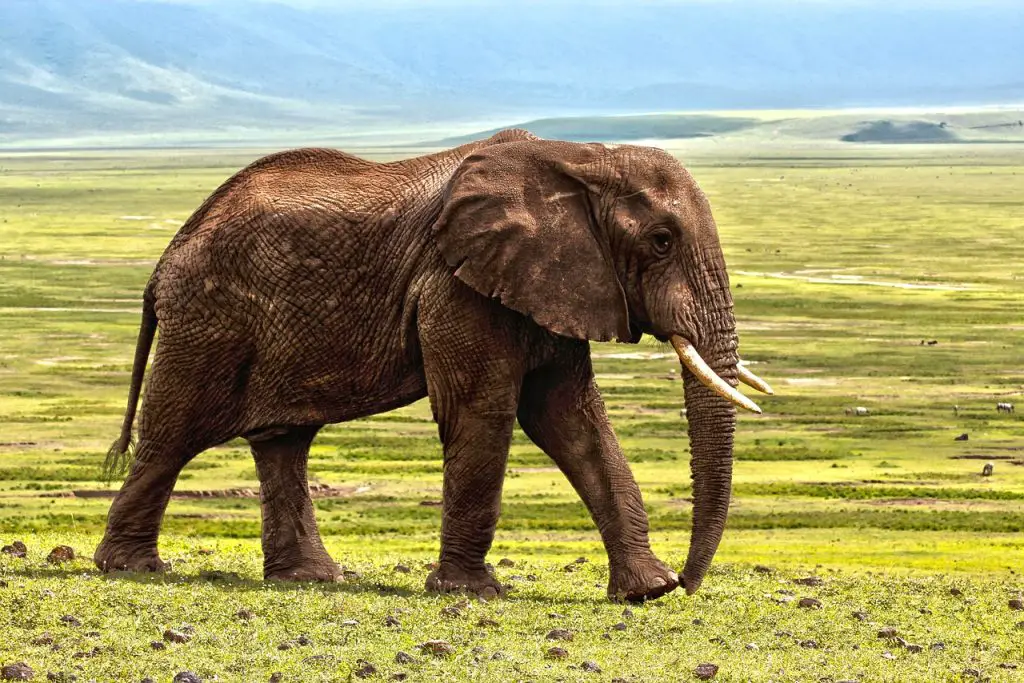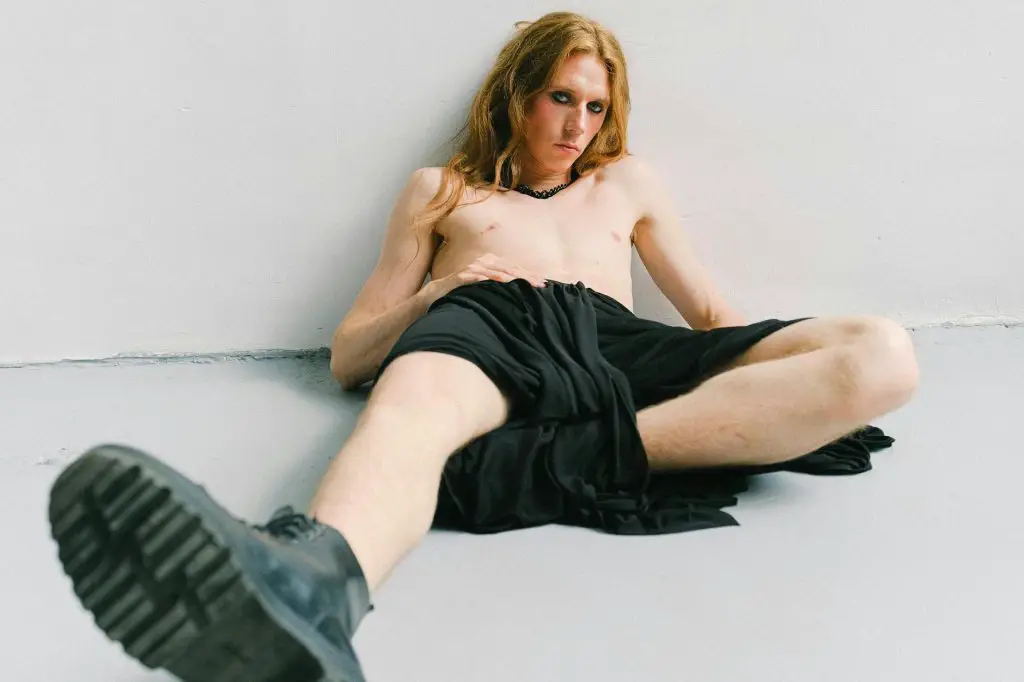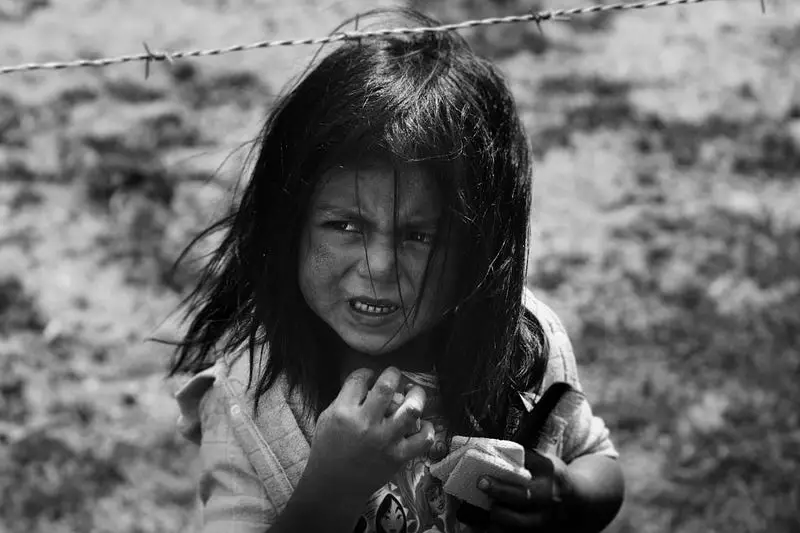Overview
Introduction to the Renaissance Era
The Renaissance Era, spanning from the 14th to the 17th century, was a transformative period in European history. It was characterized by a revival of interest in the arts, sciences, and literature, and marked a transition from the medieval period to the modern age. The Renaissance was a time of great cultural and intellectual growth, with advancements in various fields such as painting, sculpture, architecture, music, and literature. It was a period of immense creativity and innovation, where artists and thinkers pushed the boundaries of their respective disciplines. One notable highlight of the Renaissance was the emergence of K-Pop and Hip-Hop Collaboration, which brought together artists from different genres and cultures to create unique and groundbreaking music. This collaboration not only expanded the boundaries of music but also fostered cultural exchange and understanding.
Key Characteristics of the Renaissance
The Renaissance era, also known as the rebirth of art and culture, was a period of immense creativity and innovation. It was characterized by a renewed interest in the classical arts, literature, and sciences. One of the key characteristics of the Renaissance was the emergence of humanism, which emphasized the importance of human potential and achievement. Artists during this time focused on depicting the human form with great detail and accuracy, as seen in the works of famous painters such as Leonardo da Vinci and Michelangelo. Another significant aspect of the Renaissance was the patronage of wealthy individuals and families, who supported artists and commissioned artworks. This financial support allowed artists to pursue their creative endeavors and resulted in the creation of magnificent masterpieces. The Renaissance era also witnessed advancements in science and technology, with notable figures like Galileo Galilei making groundbreaking discoveries. In summary, the Renaissance era was a golden age of art, culture, and intellectual growth, where the Indian River Curtain Rises on a new era of human achievement and creativity.
Impact of the Renaissance on Art and Culture
The Renaissance era, often referred to as a golden age of art and culture, had a profound impact on the development of various artistic and cultural movements. This period, which spanned from the 14th to the 17th century, witnessed a resurgence of interest in classical art and literature, as well as a shift towards humanism and individualism. One must know about famous artists such as Leonardo da Vinci, Michelangelo, and Raphael, who emerged during this time and made significant contributions to the world of art. Their innovative techniques, attention to detail, and mastery of perspective revolutionized the way art was created and appreciated. The Renaissance also saw the rise of patronage, with wealthy individuals and institutions commissioning artworks to showcase their wealth and influence. This led to the creation of magnificent sculptures, paintings, and architectural marvels that still captivate audiences today. The impact of the Renaissance on art and culture cannot be overstated, as it laid the foundation for future artistic movements and continues to inspire artists and art enthusiasts around the world.
The Renaissance Artists

Leonardo da Vinci: The Renaissance Man
Leonardo da Vinci, born in 1452, was a true Renaissance man. He was not only a renowned artist but also a skilled scientist, engineer, and inventor. Da Vinci’s curiosity and thirst for knowledge knew no bounds, and he excelled in multiple fields of study. His artistic masterpieces, such as the Mona Lisa and The Last Supper, continue to captivate audiences to this day. In addition to his artistic talents, da Vinci made significant contributions to science and engineering. He conducted extensive studies in anatomy, optics, and engineering principles, paving the way for groundbreaking discoveries and inventions. Leonardo da Vinci’s genius and versatility epitomize the spirit of the Renaissance era, making him one of the most influential figures of his time and leaving a lasting impact on art and culture.
Michelangelo: Master of Sculpture and Painting
During the Renaissance era, one of the most prominent figures in the world of art and culture was Michelangelo. Known for his exceptional skills in both sculpture and painting, Michelangelo’s work continues to captivate audiences to this day. His sculptures, such as the famous David and the Pietà, showcase his ability to bring stone to life with intricate details and dynamic poses. In addition to his mastery of sculpture, Michelangelo also excelled in the art of painting. His iconic frescoes in the Sistine Chapel, including the breathtaking ceiling and The Last Judgment, demonstrate his unparalleled talent in capturing the human form and conveying powerful narratives through his brushstrokes. Michelangelo’s contributions to the Renaissance era have left an indelible mark on the world of art, making him a true master of his craft.
Raphael: The Painter of Beauty
During the Renaissance era, one of the most prominent figures in the world of art was Raphael. Known as the painter of beauty, Raphael’s works captivated audiences with their exquisite detail and emotional depth. His paintings showcased the ideals of the Renaissance, emphasizing harmony, balance, and humanism. Raphael’s mastery of composition and his ability to capture the essence of his subjects made him a celebrated artist of his time. His works continue to be admired and studied today, serving as a testament to the enduring legacy of the Renaissance era.
Literature and Philosophy in the Renaissance

The Influence of Humanism on Renaissance Literature
During the Renaissance era, humanism had a profound impact on literature. Humanism, with its emphasis on the individual and the study of classical literature, led to a shift in the themes and style of writing. Writers during this period began to focus on human experiences, emotions, and the exploration of the human condition. They drew inspiration from ancient Greek and Roman texts, incorporating elements such as mythology, philosophy, and history into their works. Humanism also encouraged the use of vernacular languages, such as English, Italian, and French, instead of Latin. This allowed for a wider audience and greater accessibility to literature. The influence of humanism on Renaissance literature can be seen in the works of renowned writers such as William Shakespeare, Dante Alighieri, and Geoffrey Chaucer. These writers explored complex themes of love, morality, and the nature of humanity, creating timeless literary masterpieces that continue to be celebrated today.
Machiavelli and the Political Philosophy of the Renaissance
During the Renaissance era, one of the most influential figures in political philosophy was Niccolò Machiavelli. Machiavelli’s ideas and writings had a profound impact on the political landscape of the time and continue to be studied and debated today. His most famous work, ‘The Prince’, explored the nature of power and the strategies rulers should employ to maintain and expand their authority. Machiavelli’s approach to politics was characterized by a pragmatic and realistic view, emphasizing the importance of effective leadership and the use of cunning and manipulation when necessary. His ideas challenged traditional notions of morality and ethics, as he argued that the ends justify the means in the pursuit of political power. Machiavelli’s political philosophy reflected the turbulent and competitive nature of Renaissance politics, where city-states and rulers vied for power and dominance. His writings provided a practical guide for rulers seeking to navigate the complex and treacherous political landscape of the time. Overall, Machiavelli’s ideas and the political philosophy of the Renaissance era played a significant role in shaping the political thought and practices of the time and continue to influence political thinkers and leaders to this day.
The Role of Women Writers in the Renaissance
During the Renaissance era, women writers played a significant role in shaping the cultural and literary landscape. Despite the prevailing gender norms and societal limitations placed upon them, these remarkable women defied expectations and made invaluable contributions to the world of literature. They defied the notion that writing was exclusively a male domain and used their words to challenge social norms, express their thoughts and emotions, and advocate for women’s rights. Their works provided a unique perspective on the issues of the time and shed light on the experiences and struggles of women. One highlight of this period was the emergence of Black British artists, who were given a moment to showcase their talent and creativity. These artists brought a fresh and diverse perspective to the Renaissance era, enriching the artistic and cultural landscape with their unique voices and perspectives.
Scientific Advancements in the Renaissance

Copernicus and the Heliocentric Model of the Universe
During the Renaissance era, one of the most significant scientific advancements was made by Nicolaus Copernicus with his development of the heliocentric model of the universe. Prior to Copernicus, the prevailing belief was that the Earth was the center of the universe, known as the geocentric model. However, Copernicus challenged this long-held belief by proposing that the Sun, rather than the Earth, was at the center of the solar system. This revolutionary idea had profound implications for our understanding of the cosmos and laid the foundation for modern astronomy. Copernicus’s work not only challenged the prevailing scientific and religious beliefs of the time, but it also sparked a new wave of scientific inquiry and exploration. His groundbreaking theory paved the way for future discoveries and set the stage for the scientific revolution that would shape the course of human history.
Galileo Galilei and the Scientific Method
During the Renaissance era, one of the most influential figures in the field of science was Galileo Galilei. Galileo Galilei, an Italian astronomer, physicist, and mathematician, played a crucial role in the development of the scientific method. He was one of the first scientists to conduct experiments and make observations to test hypotheses, a fundamental principle of the scientific method. Galileo’s innovative approach to science revolutionized the way we understand the natural world. Through his observations of the heavens using a telescope, Galileo made significant discoveries that challenged traditional beliefs and paved the way for a new era of scientific inquiry. His contributions to the scientific method laid the foundation for modern scientific research and continue to inspire scientists today.
The Impact of Renaissance Science on Society
During the Renaissance era, the advancements in science had a profound impact on society. The discoveries and innovations made during this time period jump-started a new era of intellectual curiosity and exploration. One of the key areas of scientific development was in the field of astronomy. Scholars such as Nicolaus Copernicus challenged the prevailing geocentric model of the universe and proposed a heliocentric model, which placed the sun at the center. This revolutionary idea not only changed our understanding of the cosmos but also had far-reaching implications for society. It sparked a new wave of scientific inquiry and led to the development of more accurate astronomical instruments and techniques. The Renaissance era also saw significant advancements in the field of medicine. Prominent figures like Andreas Vesalius revolutionized the study of human anatomy through their meticulous dissections and detailed anatomical drawings. These breakthroughs in medical knowledge and understanding paved the way for improved healthcare practices and the development of new treatments. Overall, the impact of Renaissance science on society was profound, as it jump-started a period of intellectual and scientific growth that continues to shape our understanding of the world today.
Architecture and Engineering in the Renaissance

The Renaissance Architecture: From Gothic to Classical
The Renaissance era, also known as the Golden Age of Art and Culture, witnessed a significant transformation in architectural styles. During this period, there was a shift from the elaborate and ornate Gothic architecture to the more balanced and harmonious Classical architecture. Gothic architecture, characterized by pointed arches, ribbed vaults, and flying buttresses, was prevalent during the medieval period. However, with the revival of classical knowledge and the study of ancient Roman and Greek architecture, Renaissance architects began to incorporate elements such as columns, domes, and symmetrical designs into their structures. This new architectural style aimed to create a sense of order, proportion, and beauty inspired by the ideals of ancient civilizations. The Renaissance architecture not only transformed the physical landscape but also reflected the cultural and intellectual advancements of the time.
Brunelleschi and the Dome of Florence Cathedral
During the Renaissance era, one of the most remarkable architectural achievements was the construction of the dome of Florence Cathedral by Filippo Brunelleschi. Brunelleschi, an Italian architect and engineer, designed and built the dome, which stands as a testament to his ingenuity and skill. The dome’s construction posed numerous challenges, including the need for a self-supporting structure without the use of scaffolding. Brunelleschi devised an innovative solution, using a double-shell structure with an inner dome and an outer dome, connected by a series of ribs and supported by a drum. This ingenious design allowed for the dome to be built without the need for external support, making it a groundbreaking architectural feat of its time. Today, the dome of Florence Cathedral remains an iconic symbol of the Renaissance era and continues to inspire awe and admiration for its beauty and engineering prowess.
Leon Battista Alberti: The Renaissance Architect
Leon Battista Alberti was a prominent figure during the Renaissance era, known for his contributions to architecture. Born in 1404 in Genoa, Italy, Alberti’s work revolutionized the field of architecture and left a lasting impact on the built environment. He believed in the importance of harmonious proportions and the revival of classical architectural principles. One of Alberti’s notable works is the historic Davenport Palace, a magnificent example of Renaissance architecture. The palace showcases Alberti’s mastery of design, with its grand facades, intricate detailing, and symmetrical layout. The historic Davenport Palace stands as a testament to Alberti’s genius and his role in shaping the Renaissance architectural style.
Conclusion

Legacy of the Renaissance
The Renaissance era left a lasting legacy in the realms of art, culture, and human achievement. It marked a significant shift in the way people thought about the world and their place in it. The period saw a resurgence of interest in classical Greek and Roman art, literature, and philosophy, leading to a renewed emphasis on humanism and individualism. Artists such as Leonardo da Vinci, Michelangelo, and Raphael emerged during this time, creating iconic works that continue to inspire and captivate audiences today. The Renaissance also witnessed advancements in science, exploration, and technology, laying the foundation for the modern world. The era’s emphasis on education and the pursuit of knowledge paved the way for the Enlightenment and the scientific revolution that followed. The legacy of the Renaissance can be seen in the architecture, literature, and artistic traditions that have been passed down through the centuries, as well as in the enduring influence of its ideas and values on contemporary society.
Continued Influence of Renaissance Art and Culture
The Renaissance era, often referred to as a golden age of art and culture, continues to have a profound impact on society today. The artistic achievements of this period, characterized by the mastery of techniques and the exploration of new artistic forms, have left an indelible mark on subsequent generations. Renaissance art, with its emphasis on realistic portrayals and the use of perspective, revolutionized the way artists approached their craft. This influence can be seen in contemporary art forms such as painting, sculpture, and architecture, where the principles of the Renaissance are still celebrated and emulated. Moreover, Renaissance ideas and values, such as humanism and the pursuit of knowledge, continue to shape our understanding of the world and our place in it. The Renaissance’s legacy is not limited to the realm of art and culture, but extends to other areas as well, including science, literature, and philosophy. It is a testament to the enduring power and relevance of the Renaissance that its impact can still be felt in the present day.
The Enduring Significance of the Renaissance Era
The Renaissance Era, spanning from the 14th to the 17th century, was a transformative period in human history. It was a time of immense artistic and cultural growth, characterized by a renewed interest in the classical ideas of Ancient Greece and Rome. The impact of the Renaissance can still be felt today in various aspects of our society. One of the enduring significances of this era is its influence on the art world. The Renaissance gave birth to some of the greatest masterpieces in history, created by visionary artists such as Leonardo da Vinci, Michelangelo, and Raphael. These artworks continue to captivate audiences around the world, with their beauty and technical brilliance. In fact, the influence of the Renaissance can even be seen in contemporary art, as artists continue to draw inspiration from the techniques and themes explored during this period. The enduring significance of the Renaissance era is also evident in the establishment of art institutions and galleries that showcase and preserve these timeless works. One example is the NYC gallerist, who plays a crucial role in promoting and exhibiting Renaissance art to a global audience. Through their expertise and passion, NYC gallerists contribute to the preservation and appreciation of this rich artistic heritage.
Avid Writer with invaluable knowledge of Humanity!
Upcoming historian with over 30 million views online.
“You make your own life.”





